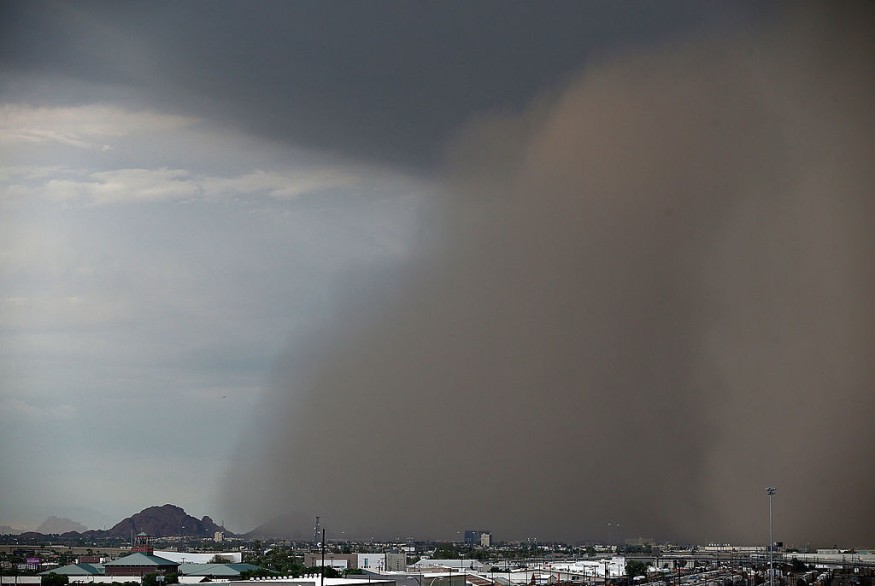The Valley Fever, caused by a fungal infection, has seen a rise in cases in the Western United States, particularly in the southwestern states.
However, the strange thing about the infectious disease is that they are linked to dust storms that have occurred in the region in recent years and months.
The latest developments were revealed by a new study published last month, which challenged a 2021 study, that implied there is no consistent link between dust storms and the Valley Fever.
In this context, scientists are currently contesting on whether or not the fungal fever is connected to the natural event.
Dust Storm-Linked Disease

In a news release by Nature on Monday, August 1, the UK-based scientific journal summarized various scientific evidence, including those from the study published in the journal GeoHealth on July 17.
In the said July research, its authors reportedly said that the data set used by the Storm Events Database contains error, lacks information, and defined "dust storm" that is inconsistent with the conventional usage by most meteorological organizations.
According to the new study's co-author, Morgan Gorris, a scientist from the Los Alamos National Laboratory, their knowledge about the fungus is that it can be transported in dust.
With this, there is no reason the pathogen could not be carried by dust storms, Gorris added, as cited by Nature.
Also Read : Air Pollution Linked to Childhood Autism?
Valley Fever
The Centers for Disease Control and Prevention (CDC) confirms that Valley Fever, also called coccidioidomycosis, is an infectious disease caused by Coccidioides, which is known to live in the soil of the Western US, as well as some parts of Mexico, Central America, and South America.
The CDC explained that people receive the pathogen by inhaling on the microscopic fungal spores from the air.
While most people breathing the spores do not get sick, those who exhibit symptoms usually get better on their own, ranging between weeks and months.
The US health body lists the following high-risk areas in the Southwest US where residents or visitors can get the Valley Fever:
- Arizona
- California
- Nevada
- New Mexico
- Texas
- Utah
Furthermore, the CDC outlined the following high-risk groups that are susceptible to the fungal infection:
- Pregnant women
- People with diabetes
- People with weakened immune systems, including from HIV/AIDS
What is a Dust Storm?
While the new study implied that the Valley Fever is linked to the dust storm, the natural phenomenon itself only acts as a medium to carry Coccidioides from the ground.
In the past, certain health hazards affecting an individual's respiratory system have been linked to dust storms.
Similar to the new research, past linkage between the dust cloud and such medical conditions are still mainly due to the inhalation of airborne particles from the sand storms.
In terms of weather factors, dust storms are caused by thunderstorm-triggered strong winds which are capable of blowing dust and debris into the air, according to the National Oceanic and Atmospheric Administration (NOAA).
Being prevalent in the Middle East and North Africa (MENA) region, the NOAA states sand storms can still occur anywhere in the US, which are most common in the Southwest US where they peak at springtime from March to May each year.
Related Article: Valley Fever On The Rise In Dry Parts Of America
© 2025 NatureWorldNews.com All rights reserved. Do not reproduce without permission.





